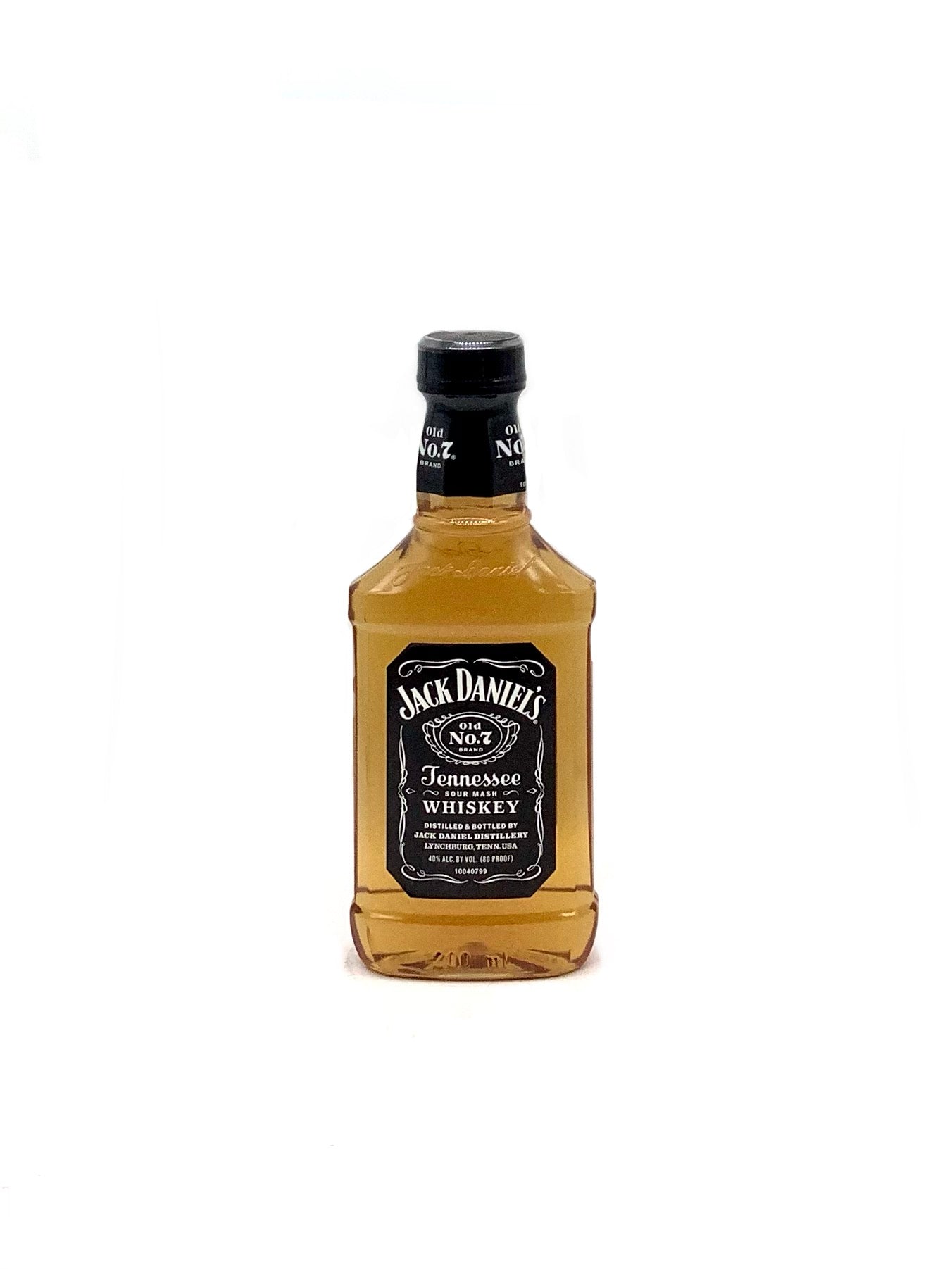Discover the Art of Purification: Exploring the Globe of Alcohol and Whiskey
The complex process of purification has actually shaped the globe of liquor and scotch into a realm of unrivaled craftsmanship and varied tastes. From the old origins of distillation to the modern-day innovations in methods and equipment, the trip of just how spirits are crafted is a remarkable one. As we discover the substantial array of spirits created around the world, each with its distinct attributes and cultural value, we begin to understand the abundant tapestry of tastes waiting to be found. Join us as we look into the globe of liquor and whiskey, where practice fulfills technology to develop a symphony for the detects.
The Origins of Distillation
Just how did the ancient civilizations first uncover the art of distillation that would later change the manufacturing of spirits and scotch? The origins of purification can be mapped back to ancient Mesopotamia and Egypt, where very early experiments were conducted to separate alcohol from fermented drinks (Buy Jack Daniel's Tennessee Whiskey Online). The process of distillation includes warming a liquid to create vapor and after that cooling it to condense the vapor back into a liquid form, permitting for the extraction of purer alcohol
The old Greeks better established these methods, with remarkable numbers like Aristotle discovering the principles of purification. However, it was the Arab alchemists during the Islamic Golden era that made considerable improvements in purification modern technology, laying the foundation for contemporary purification practices.
Distillation Strategies and Equipment
Distillation strategies and equipment play a vital duty in the manufacturing of spirits and bourbon, making sure the removal of pure alcohol from fermented fluids. The procedure involves warming the liquid to create vapor and after that cooling it to condense the vapor back right into a liquid form, dividing the alcohol from other elements. There are numerous purification methods used in the sector, including pot still distillation, column distillation, and constant distillation.
Pot still distillation, the earliest technique, involves a straightforward set process where the fluid is heated in a pot still, and the alcohol vapors are gathered and condensed. Column distillation, on the other hand, uses a column with numerous plates or trays to accomplish a much more continuous and effective distillation procedure. Continual purification systems, like the Coffey still, enable a consistent flow of fluid with the system, resulting in high-proof alcohol manufacturing.
Distillation tools varies from conventional copper pot stills to contemporary stainless-steel columns, each offering unique advantages in regards to flavor profiles and efficiency. The option of devices and method substantially influences the last item's quality and qualities.
Diverse Ranges of Liquor Worldwide

Scotch whisky, made in Scotland, is known for its complicated and peaty tastes originated from the nation's malted barley and conventional aging process in oak casks. On the other hand, the pleasant and robust bourbon whiskey hails from the USA, specifically Kentucky, where it is crafted primarily from corn.
Relocating To the Caribbean, rum takes the spotlight with its sugarcane beginnings and varied accounts varying from light and crisp to dark and rich. Tequila, Mexico's famed spirit, is made from heaven agave plant and flaunts a variety of styles, from natural blanco to aged añejo selections.

Scotch Styles Throughout Different Regions
Exploring the world of scotch reveals a varied selection of designs stemming from different areas, each using a special taste and character formed by regional components and distillation techniques. Tennessee whiskey, very closely associated to bourbon but with an added charcoal filtering procedure understood as the Lincoln Area Refine, flaunts an unique mellow taste.
Japanese whisky, inspired by Scotch practices, has gotten global acknowledgment for its precise workmanship and balanced tastes. Canadian whisky, normally made from a blend of grains, is recognized for its light and smooth features. Each area's whiskey design reflects its special heritage, climate, and production strategies, providing fanatics a rich tapestry of flavors to explore.
The Future of Distilled State Of Minds
With an ever-evolving worldwide taste and an increasing demand for technology in the spirits sector, the future of his response distilled spirits offers a landscape ripe for exploration and imagination. As customer choices continue to shift towards special and artisanal items, distillers are compelled to push the limits of standard purification techniques. This change has resulted in a surge in experimental distilling methods, such as barrel aging in non-traditional woods, blending spirits from various areas, and using different grains for purification.
In addition, sustainability and ecological awareness have actually come to be essential factors shaping the future of distilled spirits. Distilleries are significantly concentrating on minimizing their carbon impact, carrying out eco-friendly practices, and sourcing local active ingredients to develop an extra lasting product. This pattern is not only driven by consumer demand for fairly created spirits but also by a genuine dedication within the sector to decrease ecological effect.
In the coming years, we can expect to see an ongoing focus on development, sustainability, and diversity worldwide of distilled spirits, as distillers make every effort to meet the evolving preferences and worths of the contemporary consumer.
Verdict
In final thought, the art of distillation has an abundant background and diverse strategies that have been developed over centuries. From the origins of distillation to the wide range of liquors readily available worldwide, this ancient practice proceeds to introduce and evolve. Scotch, specifically, showcases the unique styles and flavors that various regions offer the table. As innovation advancements, the future of distilled spirits looks appealing, with brand-new opportunities coming up.
The elaborate procedure of distillation has formed the world of liquor and bourbon into a world of unequaled craftsmanship and diverse flavors.Exactly how did the old human beings first discover the art of distillation that would later on change the manufacturing of spirits and whiskey?Distillation methods and tools play an important duty in the production of spirits and scotch, ensuring the extraction of pure alcohol from fermented fluids. There are numerous purification methods utilized in the official statement market, consisting of pot still purification, column distillation, and constant distillation.
Column distillation, on the other hand, makes use of a column with numerous plates or trays to achieve a more effective and constant purification process. Buy Jack Daniel's Tennessee Whiskey Online.